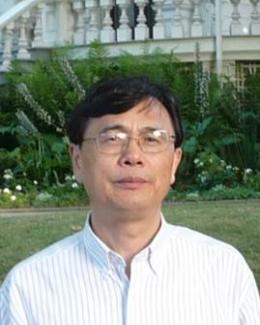Abstract
Treatment of perchlorate-contaminated water using highly selective, regenerable ion-exchange and perchlorate-destruction technologies was demonstrated at a field site in California. Four treatment and four regeneration cycles were carried out, and no significant deterioration of resin performance was noted in two years. The bifunctional resin (Purolite�� A-530E) treated about 37,000 empty bed volumes (BVs) of groundwater before a significant breakthrough of perchlorate occurred at an average flow rate of 150 gpm (or 1 BV/min) and a feed perchlorate concentration of about 860 ��g/L. Sorbed perchlorate (~20 kg) was quantitatively recovered by eluting with as little as 1 BV of the FeCl3-HCl regenerant solution. The eluted ClO4- was highly concentrated in the third quarter of the first BV of the regenerant solution with a concentration up to 100,000 mg/L. This concentrated effluent greatly facilitated subsequent perchlorate destruction or recovery by precipitation as KClO4 salts. High perchlorate destruction efficiency (92�V97%) was observed by reduction with FeCl2 in a thermo-reactor, which enabled recycling of the FeCl3-HCl regenerant solution, thereby minimizing the need to dispose of secondary wastes containing ClO4-. This study demonstrates that a combination of novel selective, regenerable ion-exchange and perchlorate-destruction and/or recovery technologies could potentially lead to enhanced treatment efficiency and minimized secondary waste production.


